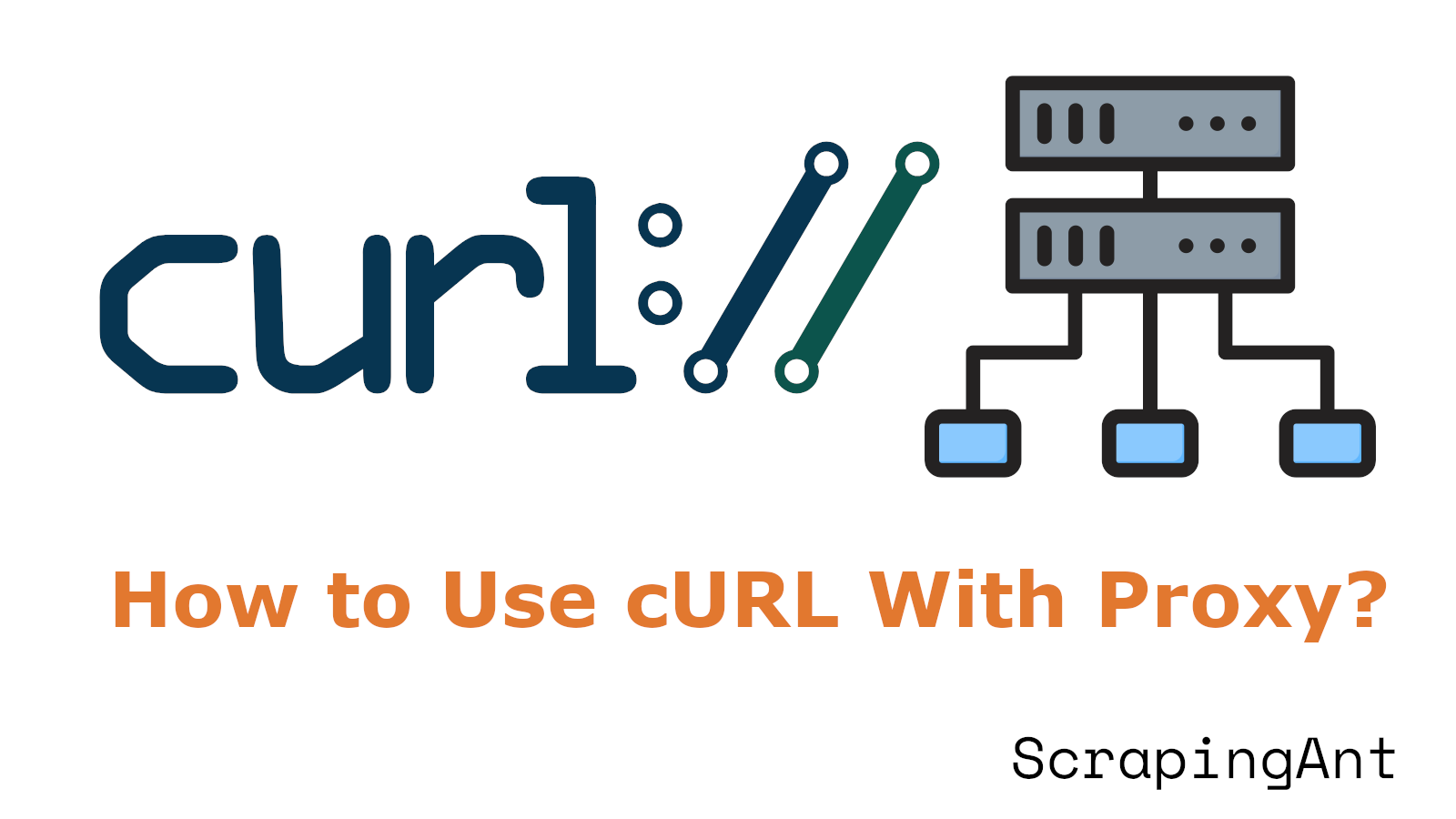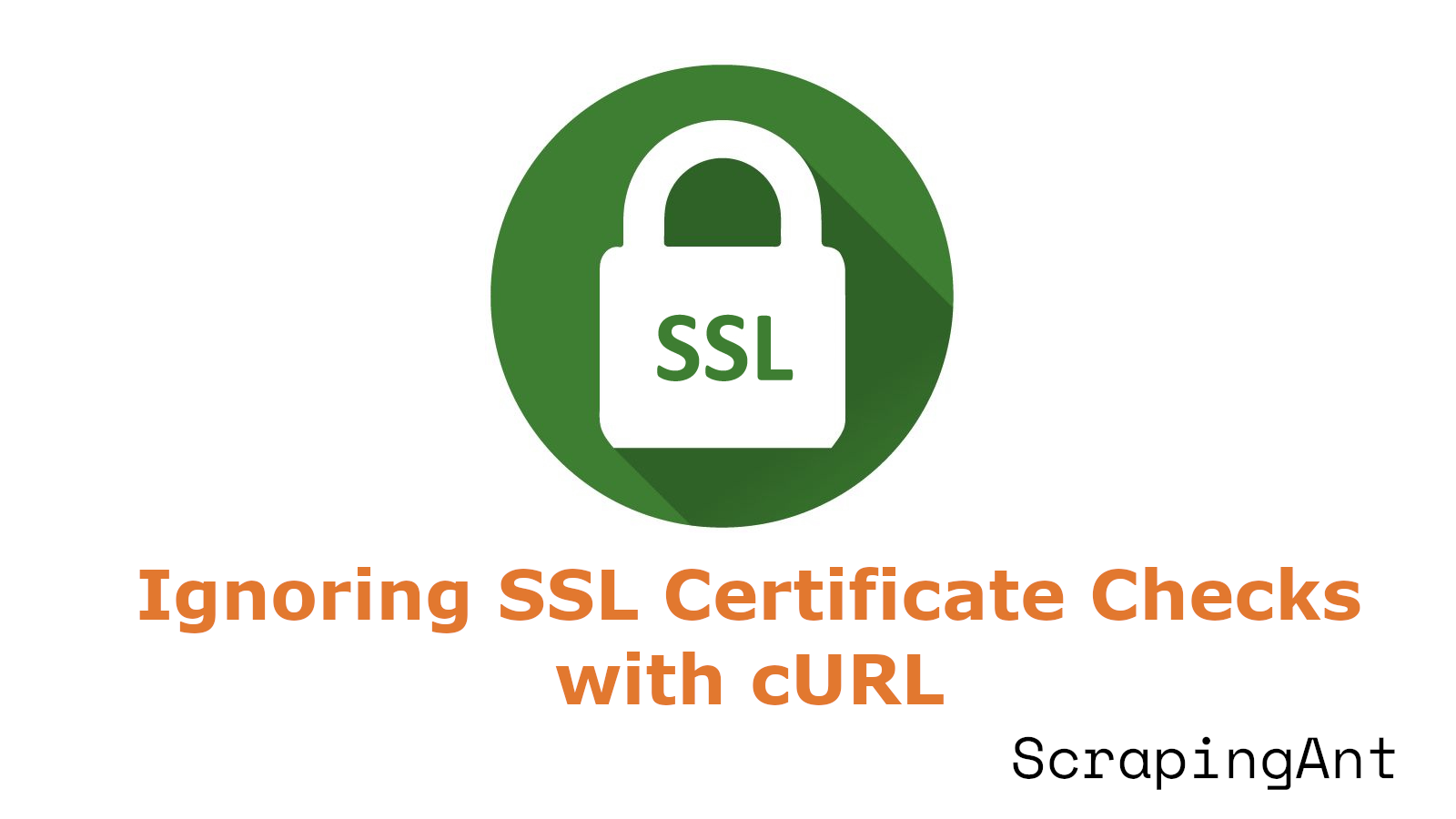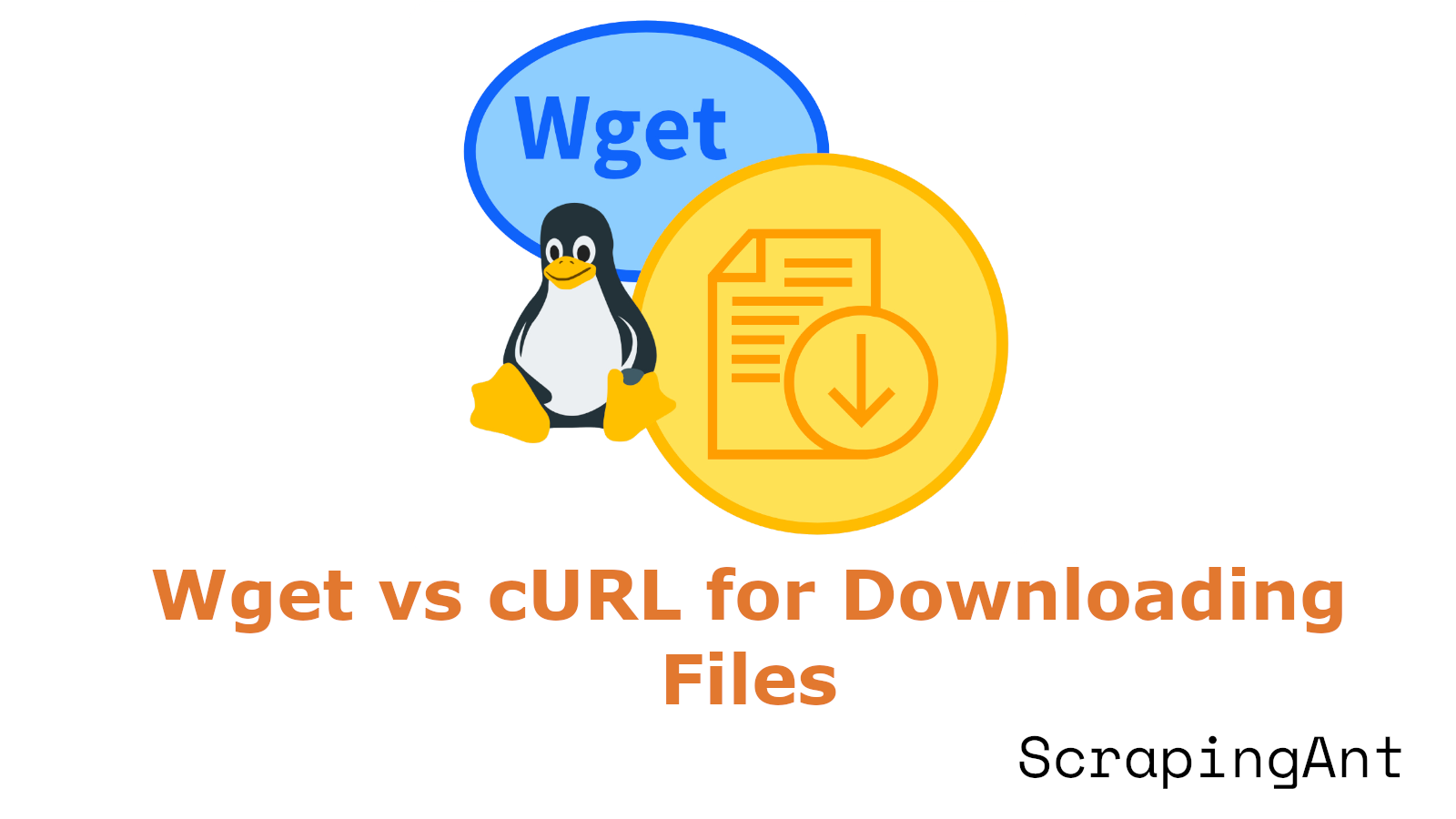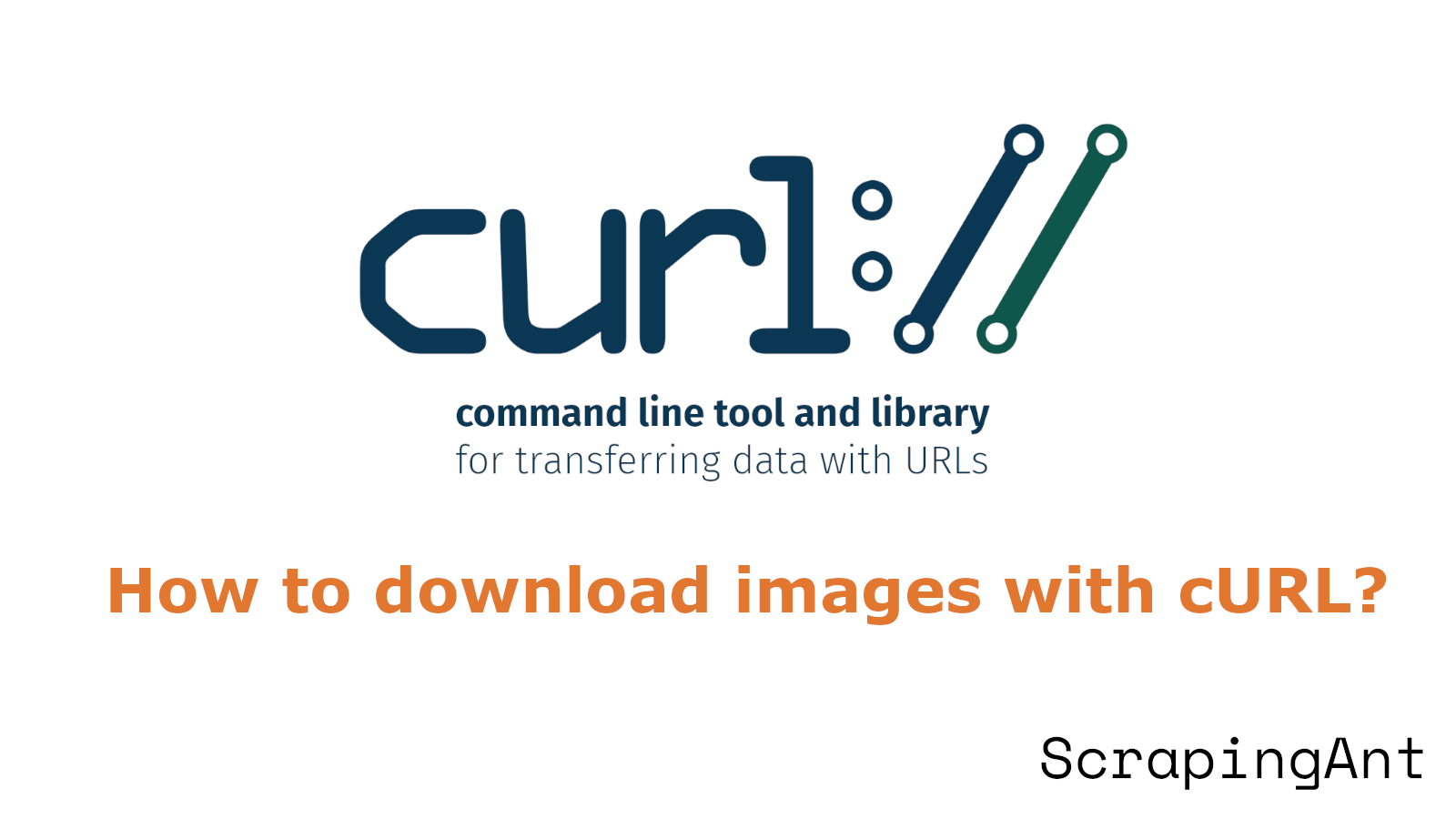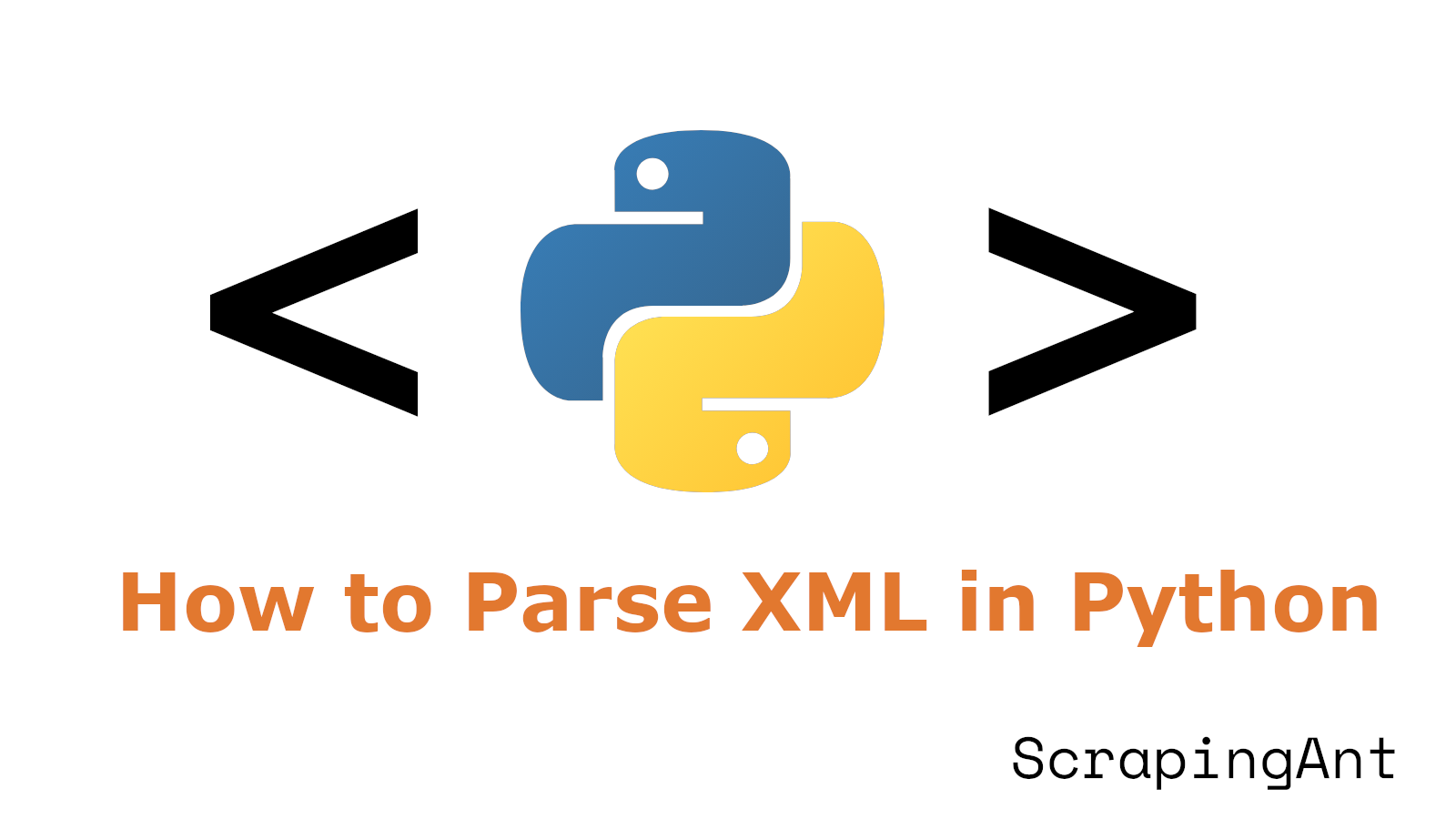
Parsing XML (eXtensible Markup Language) in Python is a fundamental task for many developers, given XML's widespread use in data storage and transmission. Python offers a variety of libraries for XML parsing, each catering to different needs and use cases. Understanding the strengths and limitations of these libraries is crucial for efficient and effective XML processing. This guide explores both standard and third-party libraries, providing code samples and detailed explanations to help you choose the right tool for your project.
Python's standard library includes modules like xml.etree.ElementTree, xml.dom.minidom, and xml.sax, each designed for specific parsing requirements. For more advanced needs, third-party libraries like lxml, BeautifulSoup, and untangle offer enhanced performance, leniency in parsing malformed XML, and ease of use.
This comprehensive guide also delves into best practices for XML parsing in Python, addressing performance optimization, handling large files, and ensuring robust error handling and validation. By the end of this guide, you will be equipped with the knowledge to handle XML parsing tasks efficiently and securely, regardless of the complexity or size of the XML documents you encounter.
